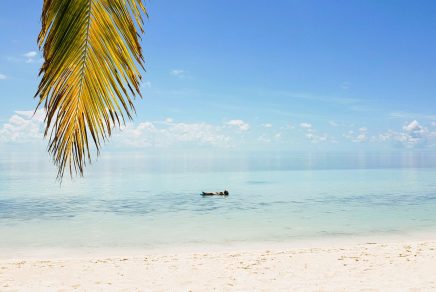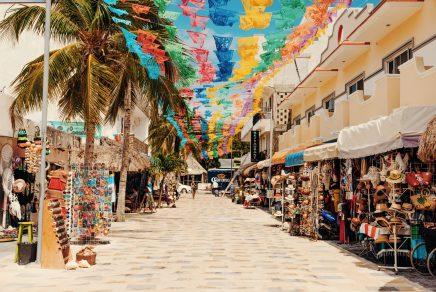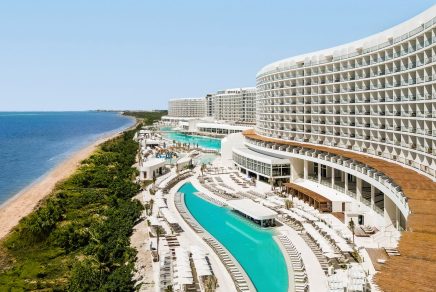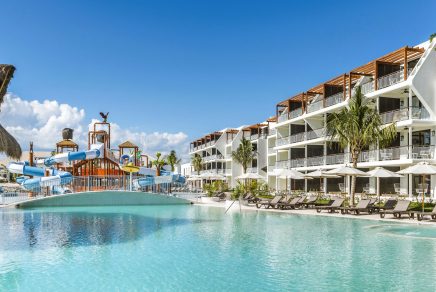Share the article
The majestic Yucatan Peninsula spreads on the east side of Mexico between the Gulf and the Antilles. It is internationally known for its breathtaking beaches, particularly in the State of Quintana Roo, east of the Yucatan, where you find the whitest sand between Cancun, Playa del Carmen, Isla Mujeres and Cozumel. As we set foot on this beautiful land, we discover a rich blend of culture, architecture and nature that unravels before our eyes. Hayla guides us away from the beaches to explore this fascinating region, where we recommend three landmarks: the Gran cenote, the ancient Mayan city of Cobá and Valladolid, the pastel-like capital of the Yucatan.
Content is inaccessible
To view this content, modify your consent preferences.
First stop: the Gran cenote
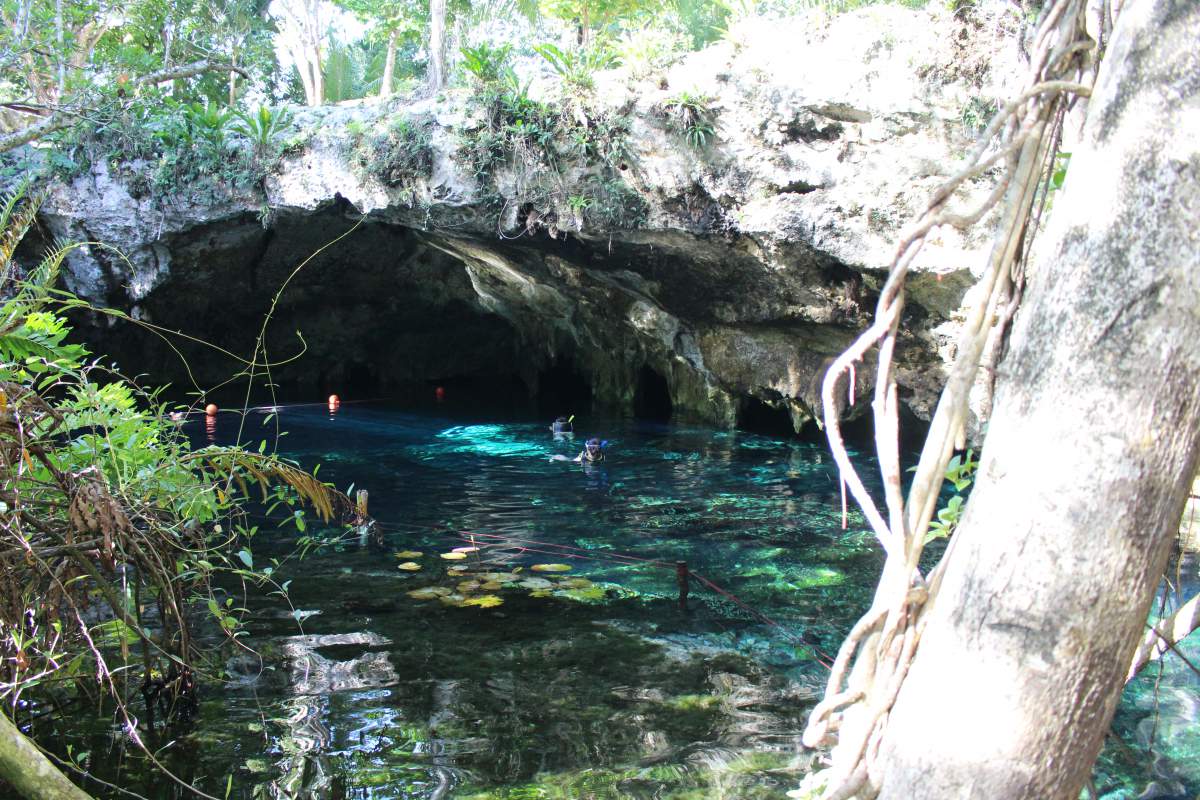
Sacred to the Mayan people in ancient times, no less than 6,000 fresh water wells run through the Yucatan Peninsula. The only source of drinking water back in the days, the cenotes’s name is derived from the Mayan word “dz’onot,” which means “sacred well.” It was the setting for rituals and sacrifices with its divine status. To this day, these mysterious caves and underground rivers can only be explored in this part of the country. This extraordinary site was created by the collapse of limestone lands thousands of years ago.
Which cenote does Hayla love most? Located just a few kilometres away from Tulum, the Gran cenote is a breathtaking sight with calm, turquoise waters, low tourist presence and an authentic feel. Its impressive stalagmites and stalactites will leave you in awe. To explore the cenote, you can strap on a snorkelling mask to contemplate its fauna on the surface or slip into diving gear to discover its sinuous caves. Any type of adventurer can take part and the activities are very accessible to families.
Practical tip: You can rent flippers, snorkelling masks and life jackets. Arrive early! The turquoise waters are at their best between 9 and 10 a.m. (the site opens at 8:15 a.m.).
Second stop: The ancient Mayan city of Cobá
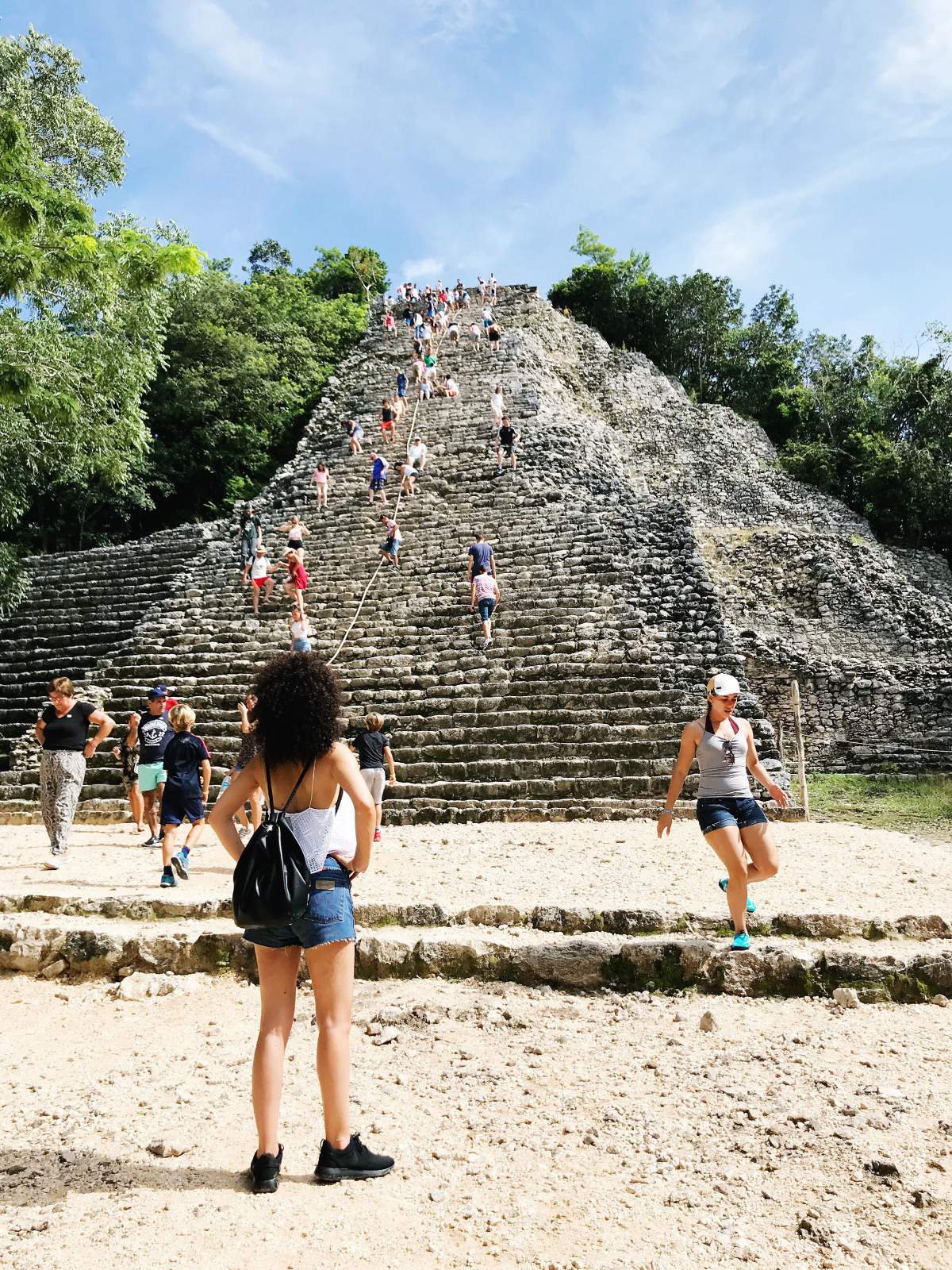
The ancient glory of the Mayan people lives through the archaeological site of Cobá. The territory of this ancient city is vast and its buildings are majestic. The temple, Noboch Mul, is the highest of all Yucatan. It is also the only pyramid you can climb in the region, unlike the sites of Tulum and Chichen Itza that can only be viewed from a distance. In Cobá, the most adventurous sightseers can climb the 120 steps that distance them from the captivating views of the exotic jungle.
It takes about two hours to walk around the site, a stroll that Hayla strongly encourages you to take to really enjoy the natural setting. You can also rent a bike or take the tricitaxi mode of transportation (recommended to give your legs a break on the way back!).
Practical tip: Arrive when the site opens at 8:15 a.m. to climb the pyramid without encountering too much traffic. Oh… and bring mosquito repellent with you too!
Third stop: Valladolid, the Yucatan’s pastel-like capital
There is something indescribable and captivating about Valladolid. From its pastel facades that look like a pink, yellow and beige painting to the elegant, rustic craft shops of Calle de Los Frailes. Its colonial aura shines on right where the Mayan and Spanish cultures merge. Valladolid is simply awesome, a well-kept secret, but not for long. You can get to Valladolid in two hours by car, or within an hour and 30 minutes from Tulum for a full day of sightseeing. If you get the chance, stay a few days to fully capture the essence of the capital.
Taberna de los Frailes


Enjoy local cuisine in a picturesque setting. Settle at a table in the garden of the back terrace under the palapa.
Coqui Coqui Valladolid
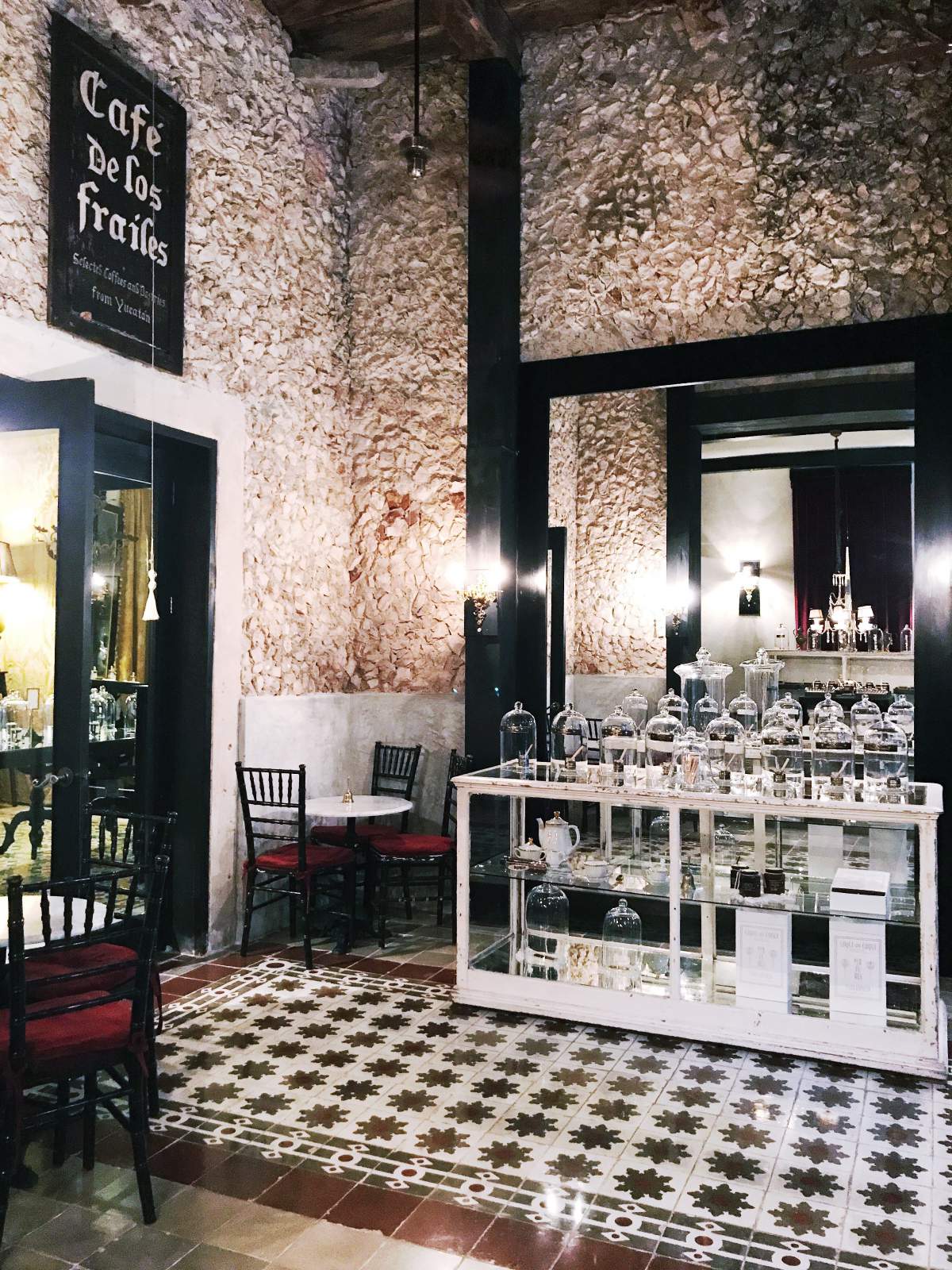
A Baroque perfumery of rare elegance, this well-known boutique is managed by an Italian-Argentinean couple who master the art of beauty. The couple also owns a hotel a few blocks away and a half-barber (Barberia), half-hat (Sombrereria) shop.
Tresvanbien (Empanadas argentinas y delicatessen)
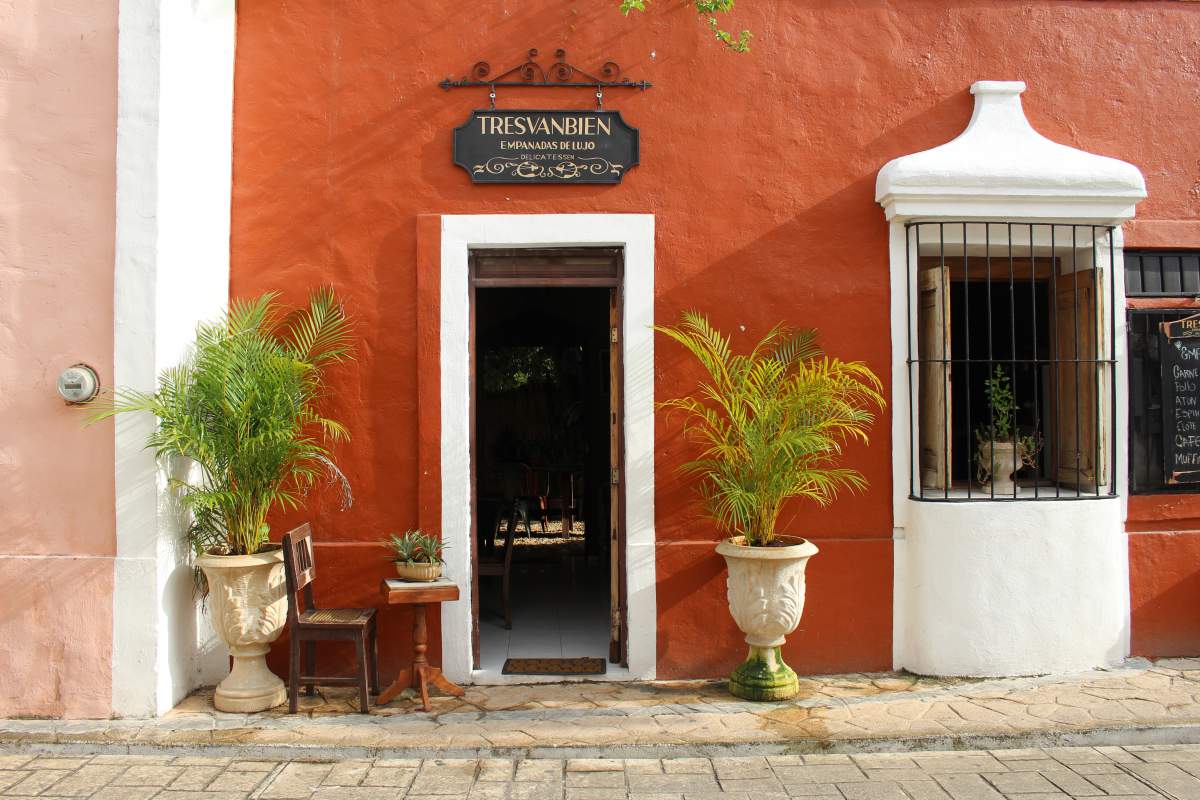
A timeless delicatessen with a cozy indoor courtyard that’s perfect for coffee.
Hacienda Montaecristo
An upscale textile and accessories shop in the “slow design” theme. Here, we celebrate traditional know-how since the items designed by artist Francesca Bonato (co-owner of Coqui Coqui) are handmade and eco-ethical.
The Casona de Valladolid
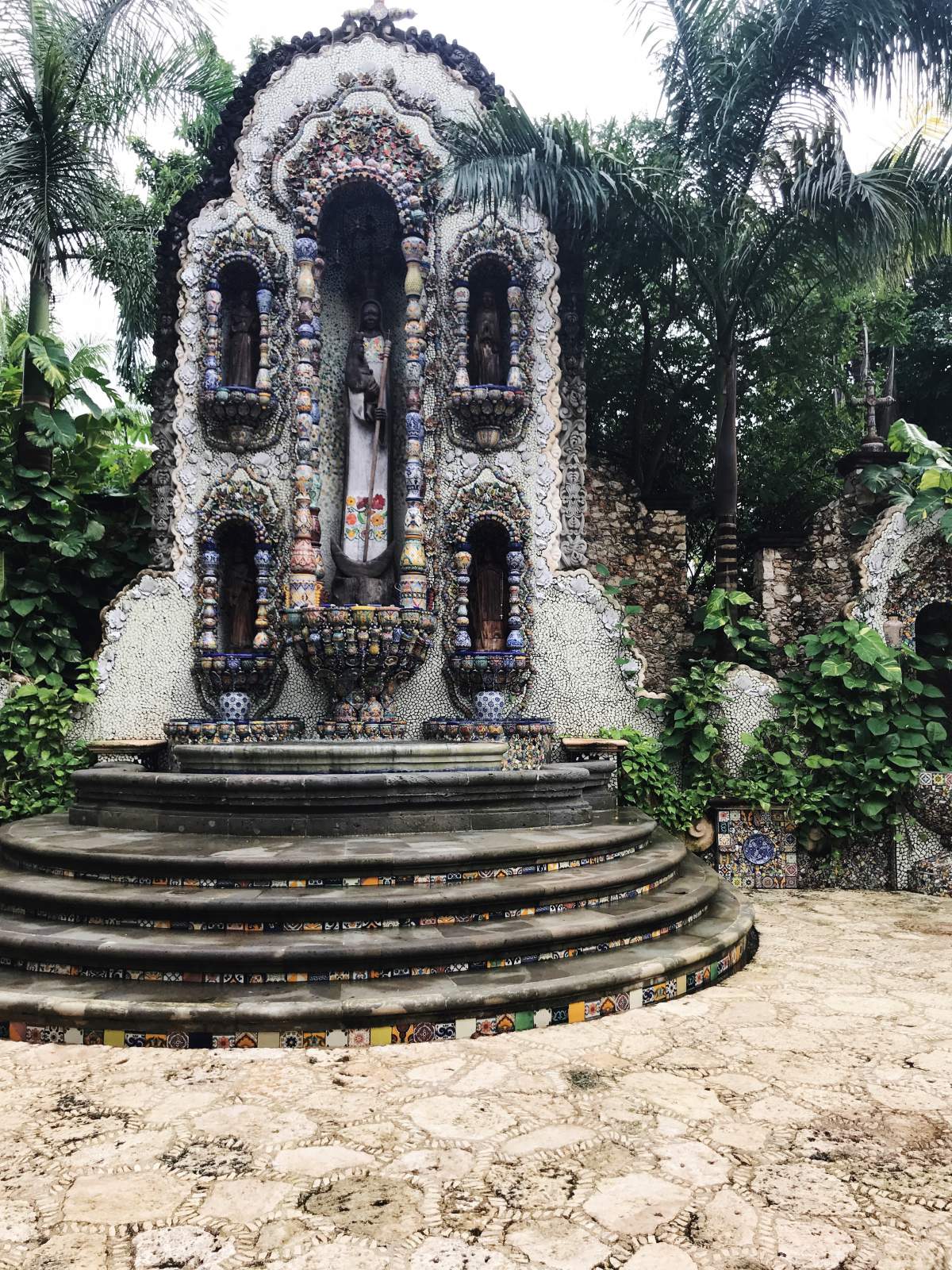
At the end of this small complex, which houses a craft shop and a restaurant, we discover a magical fountain. Built in honour of the Virgin of Candelaria, Patron Saint of Valladolid, this sacred place is a colourful work of art made from Talavera ceramic. A combination of Catholic heritage and Mexican traditions.
Iglesia de San Servacio
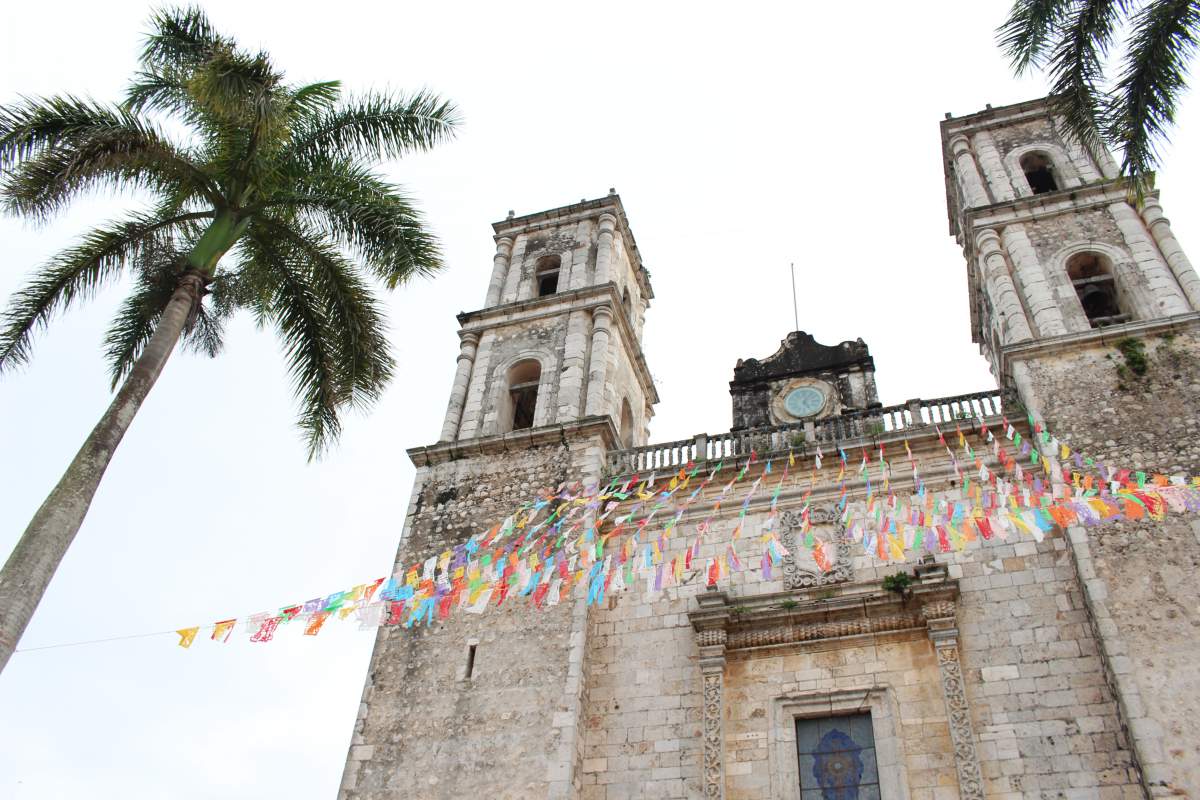
A typical colonial church you can appreciate in Parque Central.
Practical tip: You can transit there by visiting Río Lagartos, Chichén Itzá, Ek’ Balam and the local cenotes. Several buses also make stops during tours to Chichen Itza.

